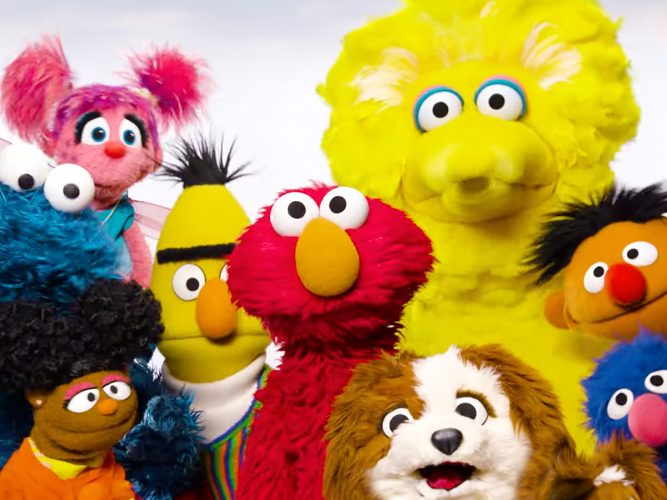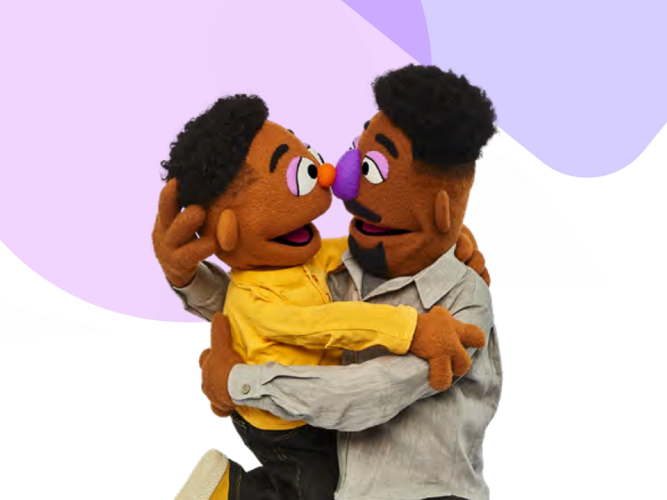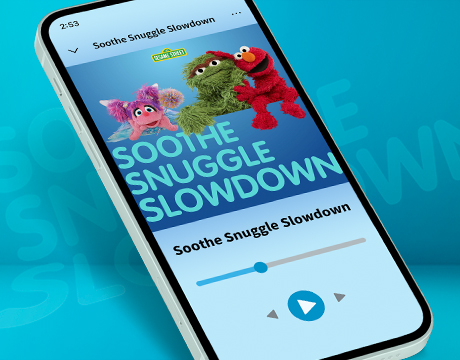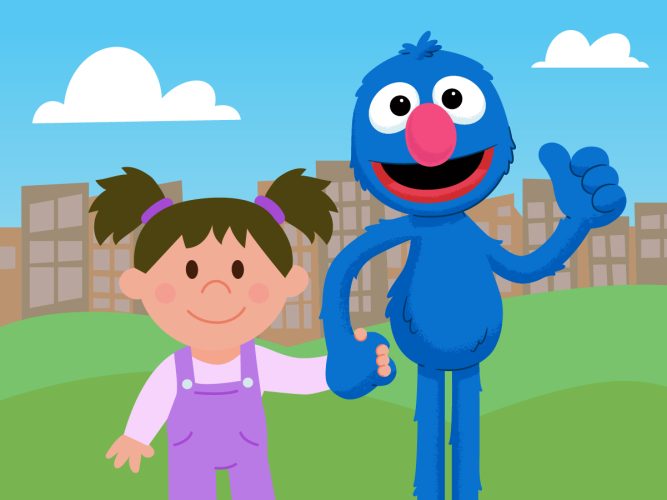
Count on This! 3 Things
Join Elmo and The Count as they step back, take a pause, and spotlight “the good stuff.”
Share this video with children to highlight the power of gratitude. Then try the exercise together. What brings each of you joy?
Of course, the things that bring us joy are always worth celebrating, and being able to conjure up those feelings when we need them most is a powerful strategy to use in times of distress.
In times of distress (or anytime!), pausing to focus closely on things that bring us joy can help shift our perspective. Noticing, savoring, and cherishing our favorite things helps both children and grown-ups build a positive mindset that supports emotional well-being.
In everyday moments with children, set an example by pausing, noticing aloud, and enjoying the joyful or happy feelings that your favorite things bring up. Especially in times of serious stress and crisis, children notice adults’ behavior for cues on managing their own… so your modeling is powerful!

Hum Along to Sunny Days With Elmo and Friends
A video about the power of humming.

Mindful Caregivers
Practicing mindfulness is a great way to slow down and reset.

What Mental Health Specialists Want Parents to Know About Anxiety
An article for parents about childhood anxiety

When You’re Concerned About Your Child’s Mental Health
An article for parents concerned about children’s mental health.

Mental Health Resource and Support List for Parents
If you’re concerned about—or considering seeking professional support for—your child’s emotional well-being, there are lots of resources just for you.

Soothe Snuggle Slowdown: Songs and Strategies for Restful Sleep
This curated playlist helps little ones (and their tired grown-ups) relax and unwind! A mix of mellow tunes sets the mood for naps, bedtime… or just some much needed down time.

Components of Community: Creating Social Connections to Address Mental Health
